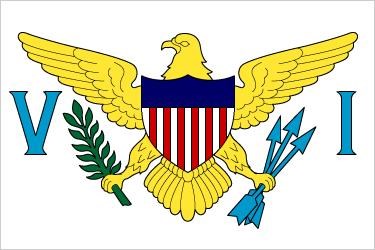Last updated: August 30, 2019
Article
United States Virgin Islands and the 19th Amendment

Women first organized and collectively fought for suffrage at the national level in July of 1848. Suffragists such as Elizabeth Cady Stanton and Lucretia Mott convened a meeting of over 300 people in Seneca Falls, New York. In the following decades, women marched, protested, lobbied, and even went to jail. By the 1870s, women pressured Congress to vote on an amendment that would recognize their suffrage rights. This amendment was sometimes known as the Susan B. Anthony amendment and became the 19th Amendment.
The amendment reads:
"The right of citizens of the United States to vote shall not be denied or abridged by the United States or by any state on account of sex."
After decades of arguments for and against women's suffrage, Congress finally approved the 19th Amendment in 1919. After Congress passed the 19th Amendment, at least 36 states needed to vote in favor of it for it to become law. This process is called ratification.By August of 1920, 36 states ratified the 19th Amendment, ensuring that in every state, the right of citizens to vote could not be denied based on sex..

The 19th Amendment impacted women differently based on where they lived. The US Virgin Islands are composed of three main islands (Saint Croix, Saint John, and Saint Thomas) as well as several smaller islands. They are not a state, but became United States Territory in 1917. Therefore, they could not vote to ratify the 19th Amendment. Since 1927, people born in the US Virgin Islands are United States citizens. Residents are ineligible to vote for US President and are represented by a non-voting delegate in Congress. The Organic Act of 1936, which established the Executive, Legislative and Judicial branches of the US Virgin Islands government, prohibited "any discrimination in qualification [for voting rights] be made or based upon difference in race, color, sex, or religious belief."

Digitally explore the places of women's suffrage.
